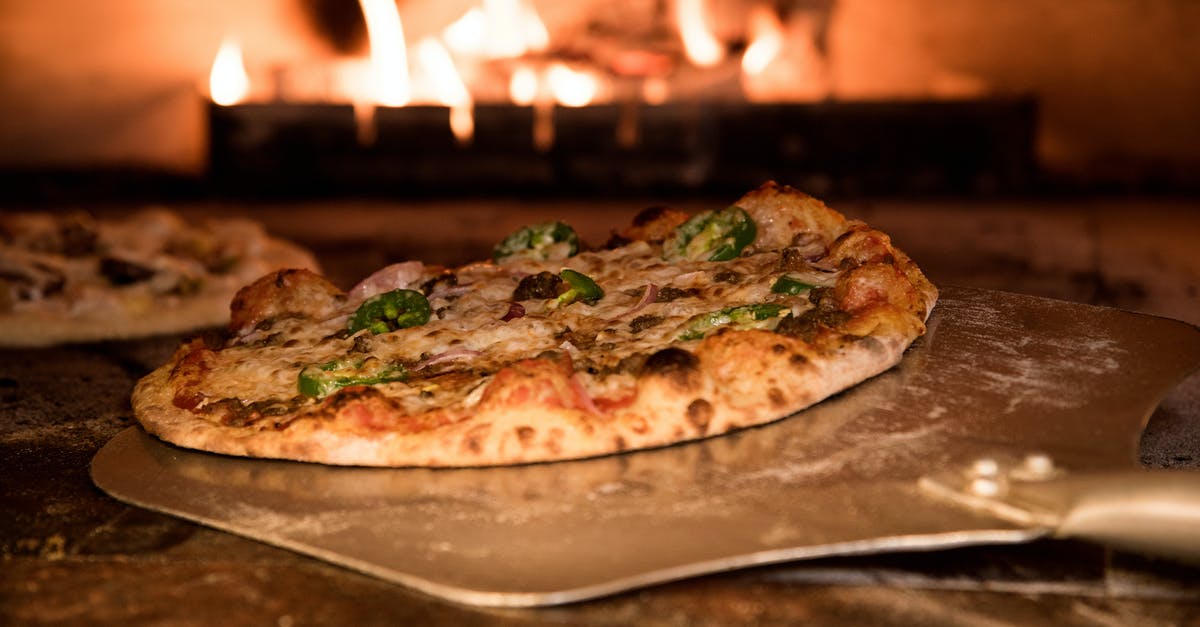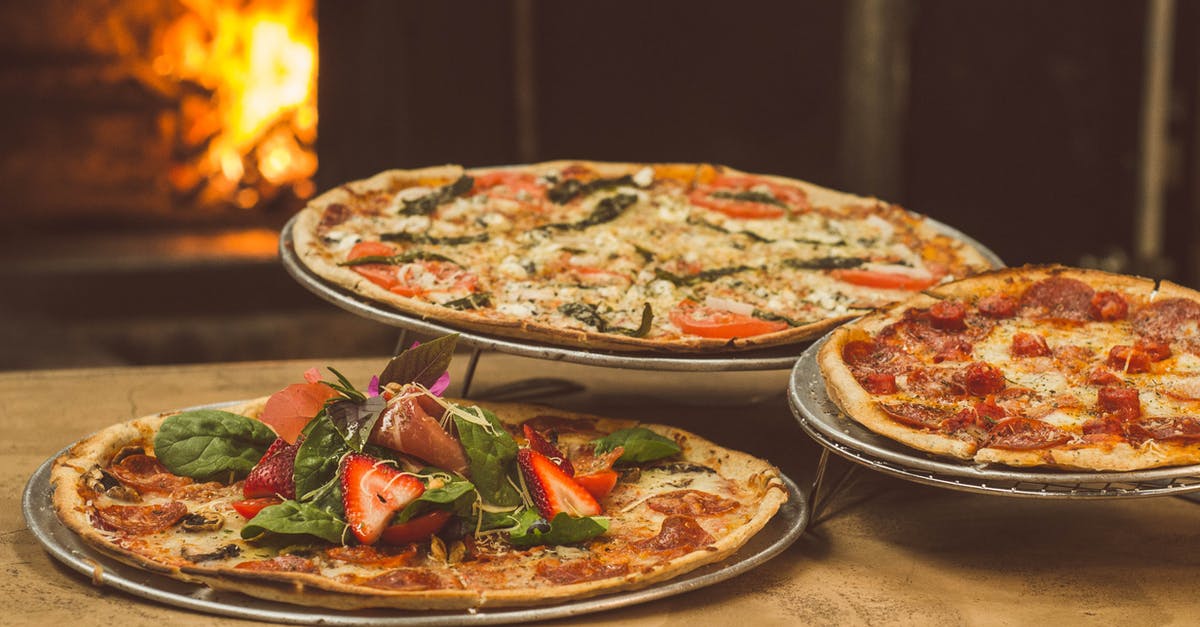Making cheese sauce

I have been doing the following and was wondering if there is a term for how I make cheese sauce?
I first get a lump of butter and then with a fork knead a bit of flour in. I'm sure there is a fancy French term for that. I make the flour mixture in a saucepan, with about two spoonfuls of flour and about two spoonfuls of butter. On a gentle heat, stirring constantly, I gradually add about two cups of milk.
When the white sauce is good but has a slightly runny consistency I add the grated cheddar (two cups) which seems to thicken it.
When I have a nice bit of sauce I then add two cups of grated cheddar. This seems to thicken up the sauce nicely. I sometimes also add a little bit of fat that is left from the ground beef for some added flavour.
Is this a traditional French way to make cheese sauce? I'm also interested in knowing if this produces a sauce like people might use for lasagne?
Best Answer
Considering the update to your question, you seem to have a sort of hybrid of two methods. The "Traditional" French method to make a cheese sauce, or Mornay, is described in the steps below with some additional notes at the bottom of alternate methods. If you go through this process to the "Bechamel" step, you'll get the white sauce often used for lasagna.
An alternate method, which uses kneaded butter and flour as described in your question is called a beurre manié. The difference between the traditional method for this and your method is that you place the kneaded mixture in a pan and start heating it and gradually add milk while a traditional beurre manié would be added directly to hot liquid as a thickening agent. Once it has reached your desired thickness, you can then add cheese to make it into a cheese sauce.
If you are heating your kneaded butter/flour paste so that it's actually melting down and cooking a bit before beginning to add the milk, then it's more similar to the roux preparation, though a roux doesn't require kneading the two ingredients together before putting them in the pan, though I don't suppose it would hurt.
Roux
A roux is the first step in a traditional French cheese sauce. It's the process of cooking together equal parts of flour and fat and is used to thicken various sauces and gravies.
Roux is flour and fat cooked together and used to thicken sauces. The fat is butter in French cuisine, but may be lard or vegetable oil in other cuisines. The roux is used in three of the mother sauces of classical French cooking: béchamel sauce, velouté sauce, and espagnole sauce. Clarified butter, vegetable oils, bacon drippings or lard are commonly used fats. It is used as a thickener for gravy, other sauces, soups and stews. It is typically made from equal parts of flour and fat by weight.
Different sauces will need you to cook the flour-fat mixture to a certain point. White sauces will generally cook until pale tan/yellow while others will cook until slightly darker and the general rule is, the darker the roux, the less it thickens but the more flavor it offers.
The fat is heated in a pot or pan, melting it if necessary. Then the flour is added. The mixture is stirred until the flour is incorporated and then cooked until at least the point where a raw flour taste is no longer apparent and the desired colour has been reached. The final colour can range from nearly white to nearly black, depending on the length of time it is over the heat and its intended use. The end result is a thickening and flavoring agent.
Bechamel
When you add milk to your roux when it is in the whiter end of the color spectrum, you get a bechamel sauce. The amount of milk added will determine the end thickness of the sauce.
Béchamel is traditionally made by melting a quantity of butter, and adding an equal part of flour to make a roux, which is cooked under gentle heat while stirring with a whisk. As it is a white sauce, care must be taken not to brown the roux. Then heated milk is gradually whisked in, and the sauce is cooked until thickened and smooth. The proportion of roux and milk determines the thickness of the sauce, typically one to three tablespoons each of flour and butter per cup of milk.
One tablespoon each of butter and flour per cup of milk makes a thin, easily pourable sauce. Two tablespoons of each makes a medium thick sauce. Three tablespoons of each makes an extra thick sauce, such as used to fill croquettes or as a soufflé base. Salt and white pepper are added and it is customary in Italy to add a pinch of nutmeg.
It is common to find lasagna made with bechamel sauce - though it doesn't have to be - many people make it with ricotta or even cottage cheese instead of the sauce.
Cheese Sauce
While you certainly could call the final cheese sauce a Mornay, the traditional Mornay is made with Gruyere cheese though it can be made with other cheeses, including cheddar - even your addition of "extra fat" could be considered similar to the traditional addition of an egg yolk, which has a high-fat content, to a Mornay - it could also more specifically be referred to by the English name "Cheddar sauce" which is commonly used for Macaroni and cheese and other applications.
Other Cheese Sauce Methods
That being said, there are tons of different ways to make cheese sauce that range from this version (and the beurre manié) all the way to simply melting a cheese that melts well into a sauce with no thickeners at all. This is commonly done with special cheese products like "Velveeta" in the US.
Other options, like this recipe for nacho sauce, use thickeners in the form of cornstarch and add evaporated milk to help prevent the cheese from separating into an unsightly mess of solids and grease. See their testing process here.
Pictures about "Making cheese sauce"



How do you make a cheese Sause?
MethodWhat cheese melts the best for cheese sauce?
What Cheese Is the Best for Melting?- Colby. An all-American cheese, Colby is firm but mild-flavored and creamy. ...
- Havarti. This Danish easy-melting cheese has a mild aroma and flavor with hints of butter and sweetness. ...
- Swiss. ...
- Fontina. ...
- Monterey Jack. ...
- Muenster. ...
- Provolone. ...
- Smoked Gouda.
What is the best way to melt cheese?
Use Low Heat The rule of thumb when it comes to melting cheese for a sauce is to always melt it at the lowest heat possible because, if you use high heat to melt cheese, you risk losing the moisture and fat in the cheese.What is cheese sauce made of?
Easy Ingredients for Creamy Cheese Sauce:Butter: Gives the sauce rich flavor. Flour: Thickens the sauce. Milk: Thins the sauce out a bit and adds sweet flavor. Sharp cheddar cheese: Freshly grated cheese will melt better and give a stronger flavor than the coated shredded cheese you can buy in a bag at the store.EASY HOMEMADE CHEESE SAUCE RECIPE || NACHO CHEESE SAUCE RECIPE | How To Make Nacho Cheese Sauce
More answers regarding making cheese sauce
Answer 2
The fancy French name for the first step is called Beurre manie. It is different from roux, which is a cooked mixture of flour and fat, and has not just "a bit" of flour, but almost 50%.
This makes your sauce officially "not a Mornay". The traditional classification of sauces is very strict, and if you change one step (in this case thickening with a beurre manie instead of a roux), it is not considered the same thing. As I don't know of a traditional sauce made the way you are making it, I would say that your sauce is just not part of the repertoire of classic French sauces and so does not have a name derived from them.
If this is the standard way people around you make cheese sauce, then the proper name for it will be "cheese sauce".
I had at first thought that your question is purely about culinary language. I now noticed you have two more questions on the bottom.
Is this a traditional French way to make such sauce? No, not at all. The traditional way involves a roux, used as described in Catija's answer. Beurre manie is rather unusual for this type of sauce, and if it is used, it is dropped when very cold into the prepared sauce, making it closer to a liaison sauce.
Can you use this sauce in lasagna? Sure you can. There are many variations of lasagna, with different sauces, and it is up to you to choose the one you find tasty.
Answer 3
Yes, you're right. That is the traditional way of making cheese sauce. You can use the same recipe when making lasagne too, however it depends on the type of lasagne your making. A traditional lasagne would use white sauce along with a tomato sauce. White sauce follows the same steps in making as a cheese sauce, but without the cheese.
Answer 4
What you are making could be called a Mornay sauce. More often it is made with Gruyere, but there are many variations that use other cheeses such as Swiss, Cheddar, Emmental, Parmesan, as well as others. Some traditional recipes for Mornay sauce also call for egg yolks.
To break your questions down more, the mixture of butter and flour is a roux. You want to cook/heat this long enough that the 'raw' taste of the flour is gone. In a traditional Béchamel sauce, this is what would thicken the sauce as you would not be adding cheese which also helps to thicken it.
Béchamel is one of the 'Mother Sauces', which can be used on their own or as a base for other sauces. Some interesting reading about the sauces can be found at Stella Culinary . Here is an excerpt from the page:
Since we covered so much ground in the French Mother Sauce Series, both on the blog and podcast, I figured it would be a good idea to place all the information in one, easy to find post. The mother of all mother sauce resources if you will.
So here it is; a list of the mother sauces with their corresponding podcast episodes, classic components, serving suggestions, and how to posts.
But first, a quick history lesson.
A Brief History of The Mother Sauces
The French mother sauces were originally four base sauces set forth by Antonin Careme in the 19th century. Careme’s four original mother sauces were Allemande, Bechamel, Veloute and Espagnole.
In the 20th century, Chef Auguste Escoffier demoted Allemande to a secondary sauce of Veloute, and added Sauce Tomat and Hollandaise.
One Last Thing…
Some of the classic versions of these sauces use different thickening agents to bring the sauce to its proper consistency. If you’re unfamiliar with thickening agents such as roux, liasons, or emulsions, you can follow the corresponding links for more information.
Sources: Stack Exchange - This article follows the attribution requirements of Stack Exchange and is licensed under CC BY-SA 3.0.
Images: Lisa, Eneida Nieves, Narda Yescas, Engin Akyurt
